Home>Gardening & Outdoor>Landscaping Ideas>What Do Birds Eat From The Grass
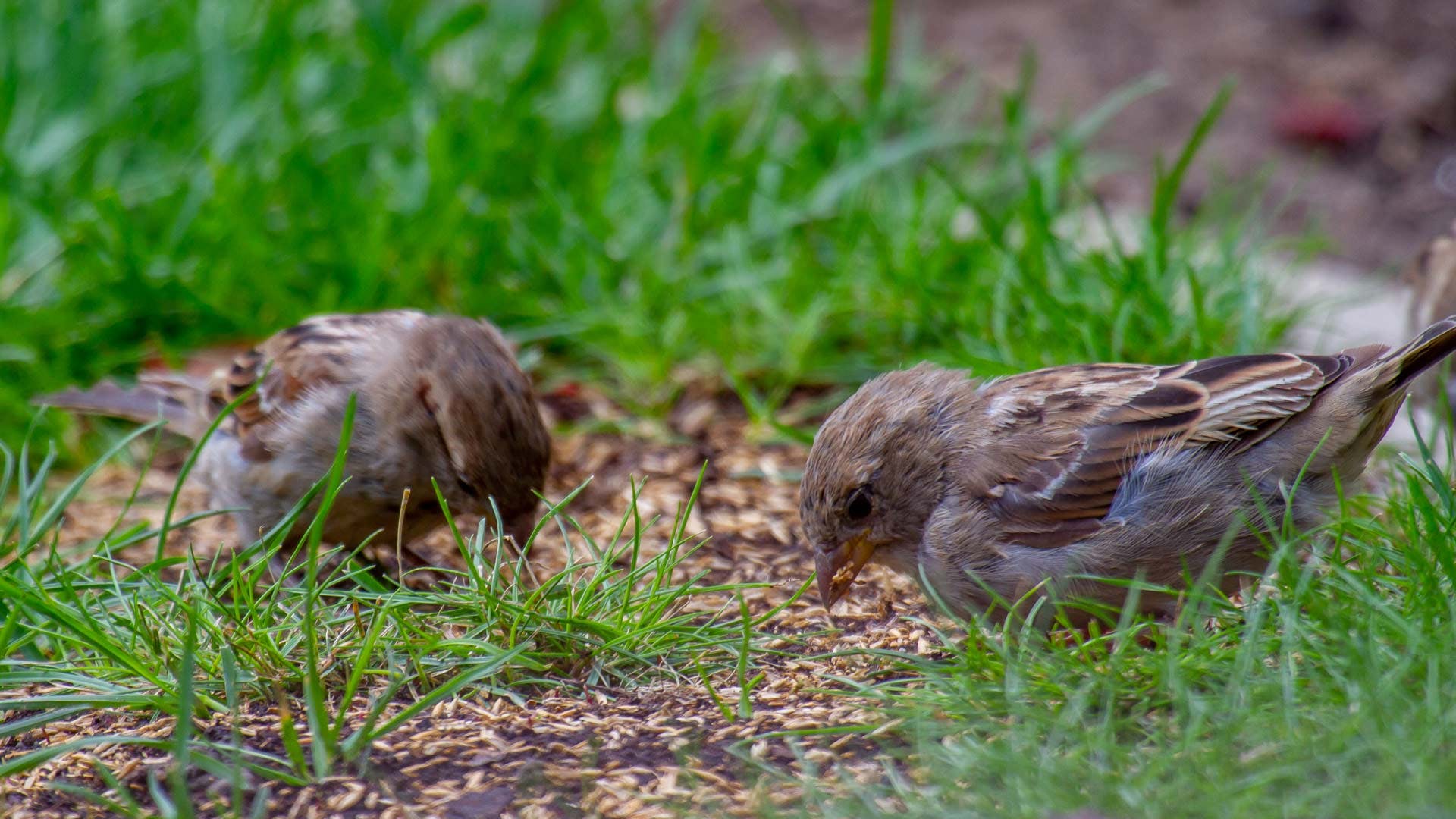

Landscaping Ideas
What Do Birds Eat From The Grass
Modified: February 18, 2024
Discover the best landscaping ideas for attracting birds to your garden. Learn what birds eat from the grass and how to create a bird-friendly environment. Boost your backyard's appeal with these landscaping tips!
(Many of the links in this article redirect to a specific reviewed product. Your purchase of these products through affiliate links helps to generate commission for Storables.com, at no extra cost. Learn more)
Introduction
As you stroll through a lush, green meadow or a serene backyard, you may have noticed birds hopping around and pecking at the ground. Have you ever wondered what these delightful creatures are feasting on amidst the grass? Birds, with their diverse diets, play a vital role in maintaining the ecological balance. They are opportunistic feeders, meaning they adapt their diets based on what’s available in their environment. Let’s delve into the fascinating world of avian dining habits and explore the array of delectable treats that birds find amidst the grass.
Key Takeaways:
- Birds feast on a variety of treats in the grass, including seeds, insects, worms, berries, grains, nuts, and small mammals, contributing to the ecological balance and showcasing the interconnectedness of species within the natural world.
- The grassy expanse offers a diverse array of sustenance for birds, fostering a vibrant tapestry of life and serving as a testament to the resilience and abundance of the natural world, providing a nourishing haven for our feathered friends.
Read more: How To Keep Birds From Eating My Grass Seed
Seeds
Birds are notorious for their affinity for seeds, which are a staple in many avian diets. The grassy expanses provide an abundant supply of seeds from various plants, making them a prime source of sustenance for our feathered friends. From sunflower seeds to millet and thistle, birds relish the diverse array of seeds nestled within the grass. These tiny, nutrient-dense packages offer a convenient and energy-rich meal for birds, allowing them to fuel their high-energy activities such as flying and foraging.
Additionally, the availability of seeds influences the diversity of bird species in a particular habitat. For instance, finches, sparrows, and buntings are often drawn to areas with ample grasses and seed-bearing plants, creating a vibrant tapestry of avian life within these environments.
Insects
Amidst the verdant blades of grass, a bustling world of insects thrives, offering a delectable feast for birds. From tiny ants to industrious beetles and delicate butterflies, the grassy expanse teems with a myriad of insects that serve as a vital protein source for our avian friends. Birds, equipped with keen eyesight and nimble beaks, deftly scour the grassy terrain in search of these delectable morsels.
For insectivorous birds such as warblers, flycatchers, and wrens, the grassy ecosystem provides an abundant and diverse buffet of insects to fuel their energetic lifestyles. Not only do these insects provide essential nutrients, but they also contribute to the ecological balance by controlling insect populations, thereby preventing potential pest outbreaks that could harm the surrounding vegetation.
Furthermore, the presence of insects in the grass serves as a catalyst for the mesmerizing displays of avian agility and precision. Observing a bird darting through the grass to capture an elusive insect is a testament to the intricate interplay between predator and prey in the natural world.
Worms
Beneath the verdant carpet of grass, a hidden world unfolds, teeming with earthworms—a delectable and nutritious delight for many bird species. Earthworms, with their nutrient-rich composition, serve as a vital food source for birds, especially during the breeding season when the demand for protein is heightened.
Robins, thrushes, and starlings are among the many birds that frequent grassy areas in search of earthworms. These industrious foragers employ a combination of sharp vision and acute hearing to detect the subtle movements of these subterranean creatures. Once spotted, they deftly extract the earthworms from their underground abodes, savoring the protein-packed bounty that the grassy terrain provides.
Moreover, the presence of earthworms in the grass contributes to the overall health of the ecosystem. By aerating the soil and facilitating nutrient cycling, earthworms play a crucial role in maintaining the vitality of the grass and the surrounding flora. Thus, the sight of birds extracting earthworms from the grass not only signifies a nourishing meal but also underscores the interconnectedness of species within the natural world.
Berries
Amidst the verdant tapestry of grass, an assortment of luscious berries adorn the landscape, offering a delectable treat for a variety of bird species. From the vibrant hues of elderberries to the rich clusters of blackberries, these succulent fruits provide a source of nourishment and vitality for our feathered friends.
Throughout the seasons, the grassy expanses host an array of berry-bearing shrubs and plants, attracting birds such as thrushes, waxwings, and robins. These avian connoisseurs adeptly navigate the grassy terrain, plucking the ripe berries with precision and relishing the natural sweetness and vital nutrients they offer.
Furthermore, the consumption of berries by birds contributes to the dispersal of seeds, thereby playing a pivotal role in the regeneration of the grassy ecosystem. As birds feast on the berries and subsequently disperse the seeds through their droppings, they partake in a symbiotic relationship with the plants, fostering the perpetuation and diversity of the grassland flora.
The sight of birds feasting on berries amidst the grass serves as a testament to the harmonious coexistence between avian life and the bountiful offerings of the natural world.
Birds eat a variety of things from the grass, including insects, seeds, and small plants. To attract more birds to your yard, consider planting native grasses and wildflowers to provide natural food sources.
Read more: What To Do If Dog Eats Bird Seed
Grains
Within the verdant expanse of grass, an array of grains and seeds await the discerning palates of various bird species. Grains, such as wheat, oats, and barley, are interspersed throughout the grassy terrain, providing a substantial source of sustenance for birds.
Birds such as doves, sparrows, and finches are often drawn to areas abundant in grains, where they can indulge in these nutrient-dense offerings. The grassy expanses, with their diverse array of grains, cater to the dietary needs of these avian visitors, supporting their energy requirements and overall well-being.
Furthermore, the presence of grains within the grass contributes to the ecological balance by attracting a diverse array of bird species, thereby enriching the avian tapestry within these habitats. As birds partake in the grains nestled amidst the grass, they play an integral role in the dispersal of seeds, contributing to the regeneration and perpetuation of the surrounding flora.
The harmonious relationship between birds and the grains nestled within the grass underscores the intricate interplay between avian life and the natural abundance that thrives within the grassy expanse.
Nuts
Amidst the verdant embrace of grass, a treasure trove of nuts awaits discovery by an array of bird species. From the robust shells of acorns to the delectable kernels nestled within hickory nuts, the grassy terrain harbors a diverse assortment of nuts that serve as a source of nourishment and vitality for our feathered friends.
Birds such as woodpeckers, nuthatches, and jays are adept at foraging amidst the grass, utilizing their keen senses to locate and extract the coveted nuts. As they deftly crack open the shells to access the nutritious contents, these avian connoisseurs partake in a wholesome and energy-rich repast.
Moreover, the presence of nuts within the grass contributes to the ecological balance by attracting a diverse array of bird species, thereby enriching the avian tapestry within these habitats. As birds indulge in the nuts nestled amidst the grass, they play an integral role in the dispersal of seeds, contributing to the regeneration and perpetuation of the surrounding flora.
The sight of birds foraging for nuts amidst the grass serves as a testament to the harmonious coexistence between avian life and the bountiful offerings of the natural world.
Small Mammals
Amidst the verdant expanse of grass, a diverse ecosystem thrives, encompassing not only avian life but also an array of small mammals that serve as a tantalizing source of sustenance for various bird species. From scurrying voles to industrious shrews and elusive mice, the grassy terrain harbors a bustling population of small mammals, offering a protein-rich feast for our feathered friends.
Birds of prey such as hawks, owls, and kestrels are among the many avian hunters that frequent grassy areas in pursuit of these small mammals. With keen eyesight and unparalleled aerial prowess, these avian predators soar above the grassy expanse, honing in on their unsuspecting prey and swiftly executing calculated maneuvers to secure a nourishing meal.
Furthermore, the presence of small mammals within the grass contributes to the ecological balance by providing a vital link in the food chain. As birds of prey partake in the small mammals nestled within the grass, they play a crucial role in regulating the population of these creatures, thereby preventing potential imbalances within the ecosystem.
The sight of birds of prey swooping through the grass to capture small mammals underscores the intricate dynamics of predator and prey within the natural world, showcasing the seamless interplay between avian life and the diverse array of fauna that thrives within the grassy expanse.
Conclusion
As we peer into the enchanting world nestled within the grass, we gain a profound appreciation for the intricate web of life that unfolds amidst this verdant tapestry. From the humble earthworms to the succulent berries and the diverse array of seeds and nuts, the grassy expanse offers a cornucopia of sustenance for a myriad of bird species. The bustling ecosystem within the grass not only caters to the dietary needs of birds but also plays a pivotal role in maintaining the ecological balance.
Moreover, the interplay between avian life and the bountiful offerings of the natural world serves as a testament to the harmonious coexistence and interconnectedness of species within these habitats. The grassy terrain, with its diverse array of flora and fauna, fosters a vibrant tapestry of life, where birds partake in a delightful culinary journey amidst the verdant embrace of grass.
As we observe birds flitting and foraging amidst the grass, we are reminded of the profound significance of these ecosystems and the vital role they play in supporting avian life. The grassy expanse, with its hidden treasures and delectable offerings, stands as a testament to the resilience and abundance of the natural world, offering a nourishing haven for birds and a captivating spectacle for all who behold it.
Frequently Asked Questions about What Do Birds Eat From The Grass
Was this page helpful?
At Storables.com, we guarantee accurate and reliable information. Our content, validated by Expert Board Contributors, is crafted following stringent Editorial Policies. We're committed to providing you with well-researched, expert-backed insights for all your informational needs.
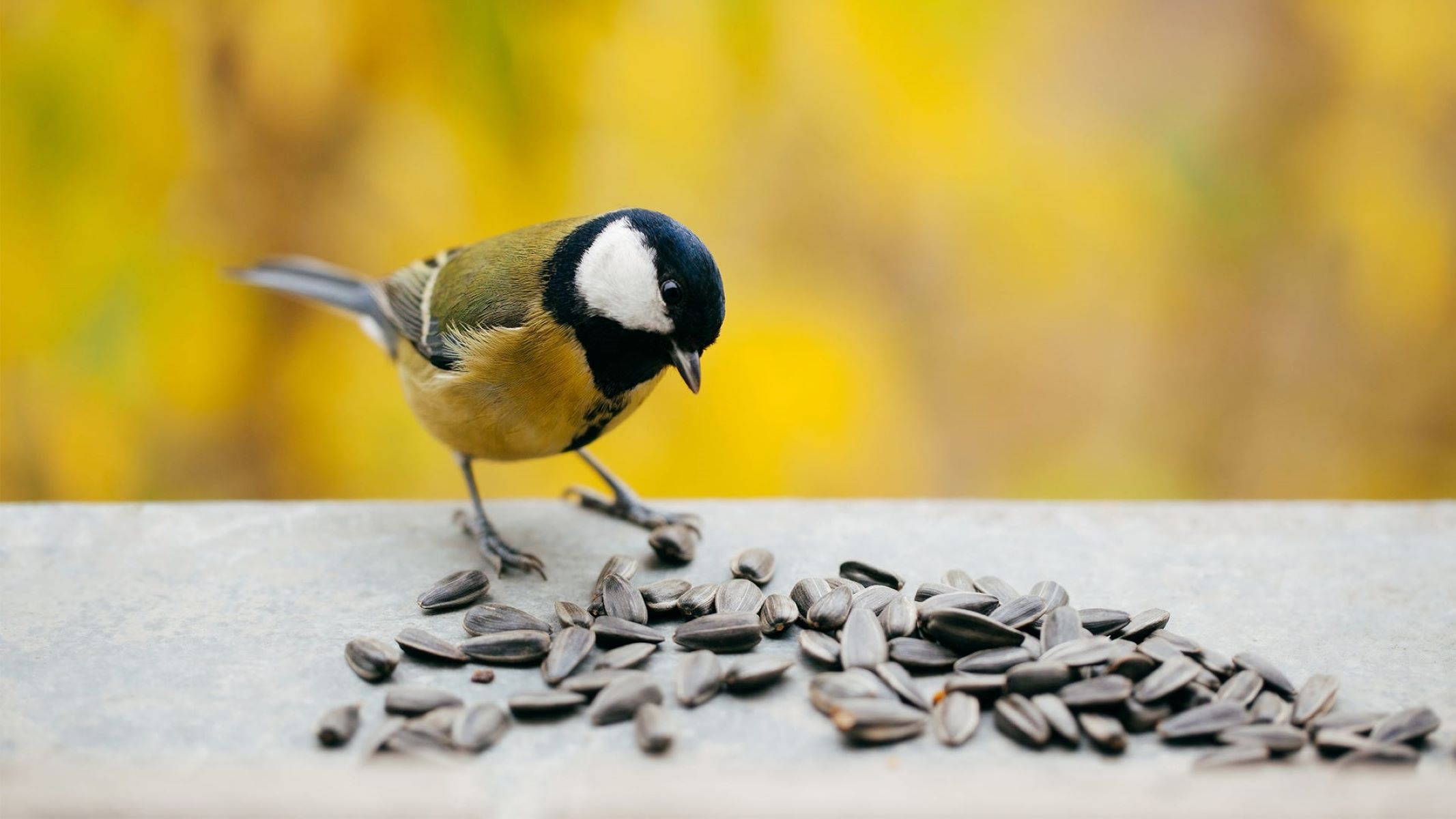
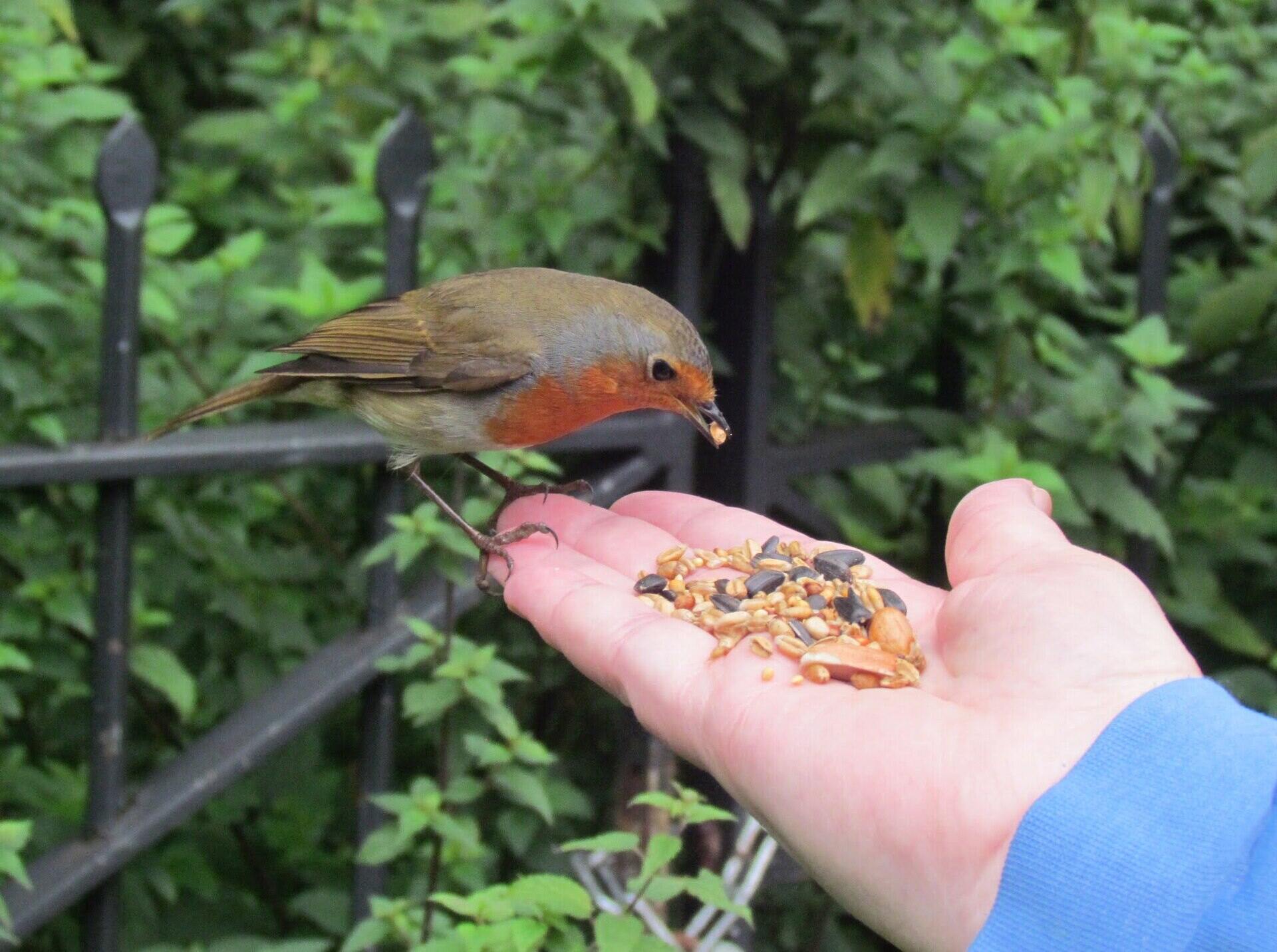
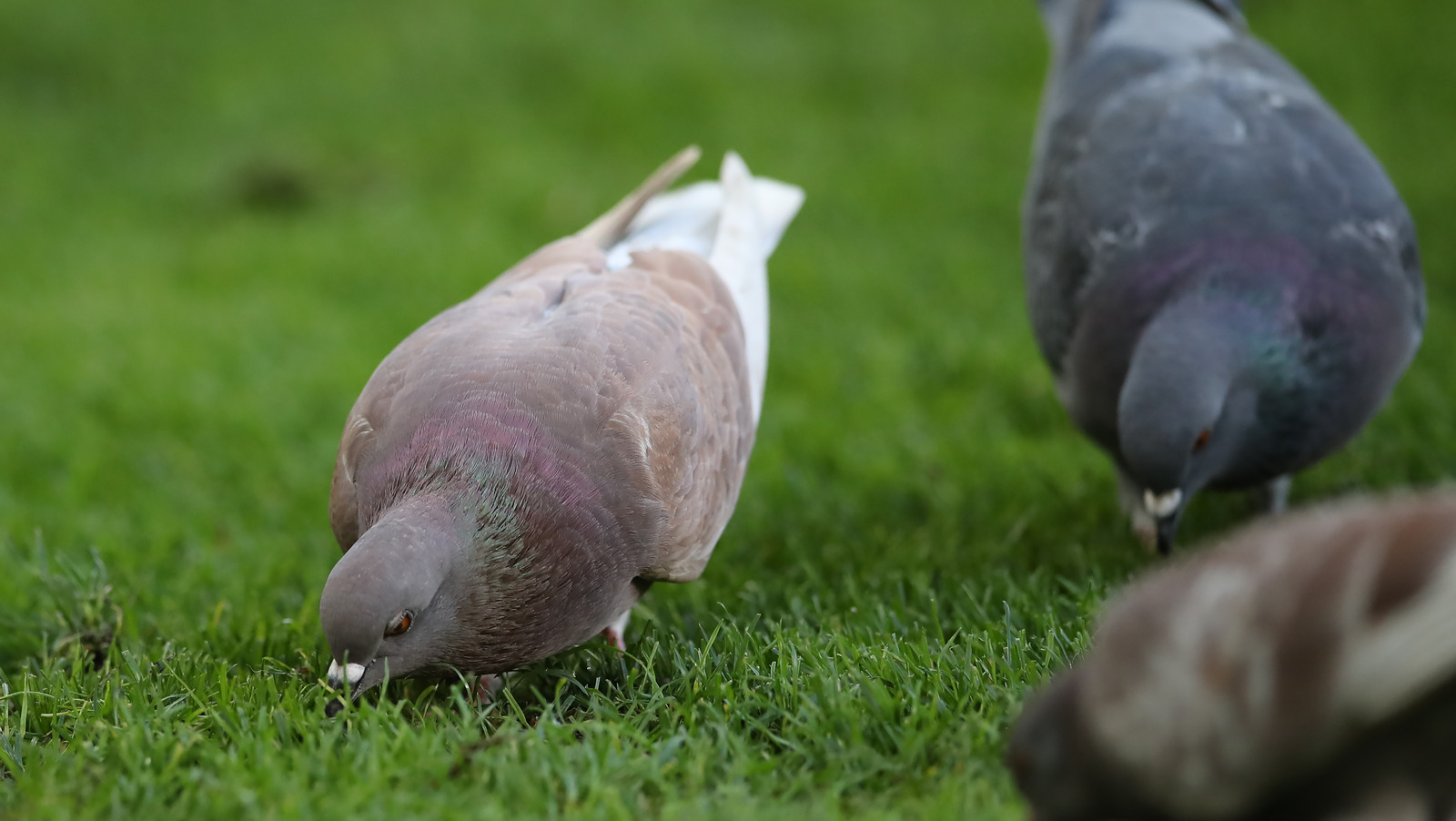
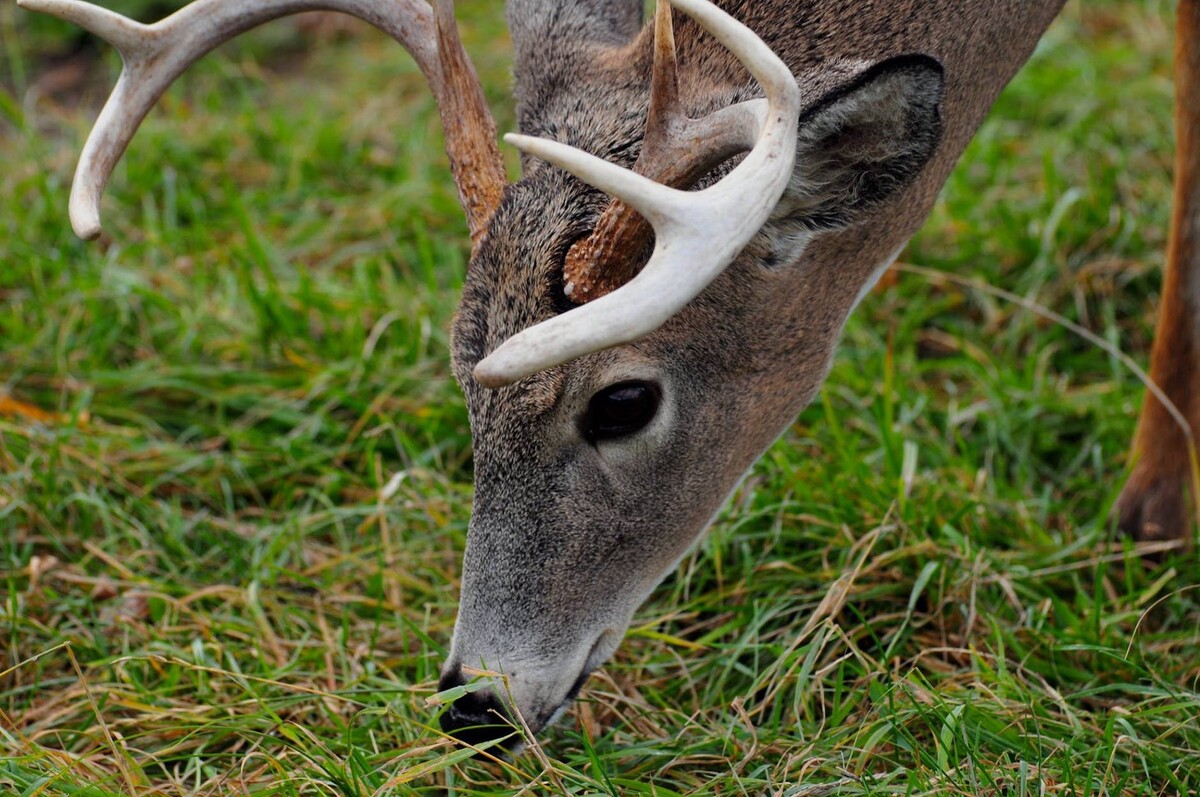
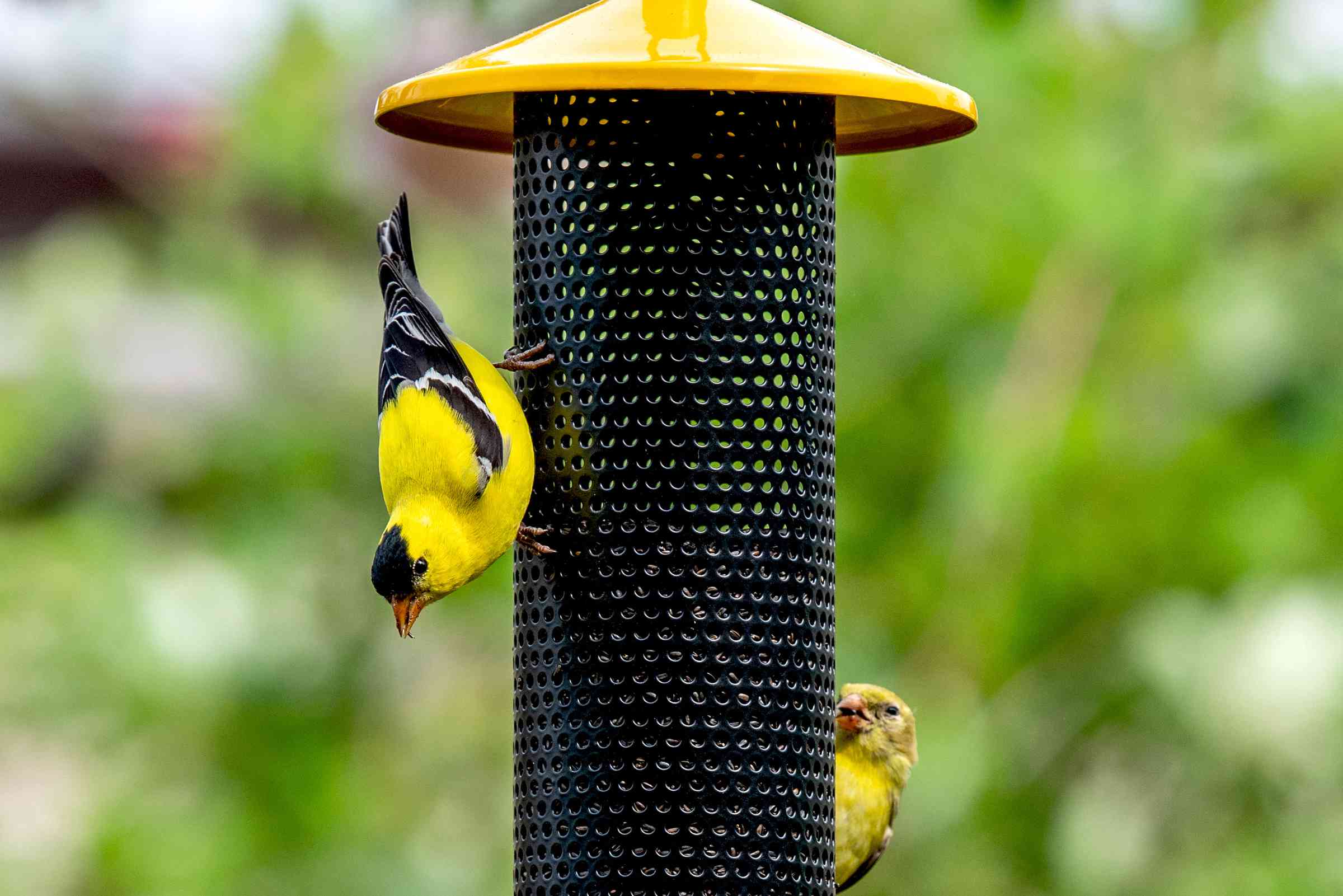
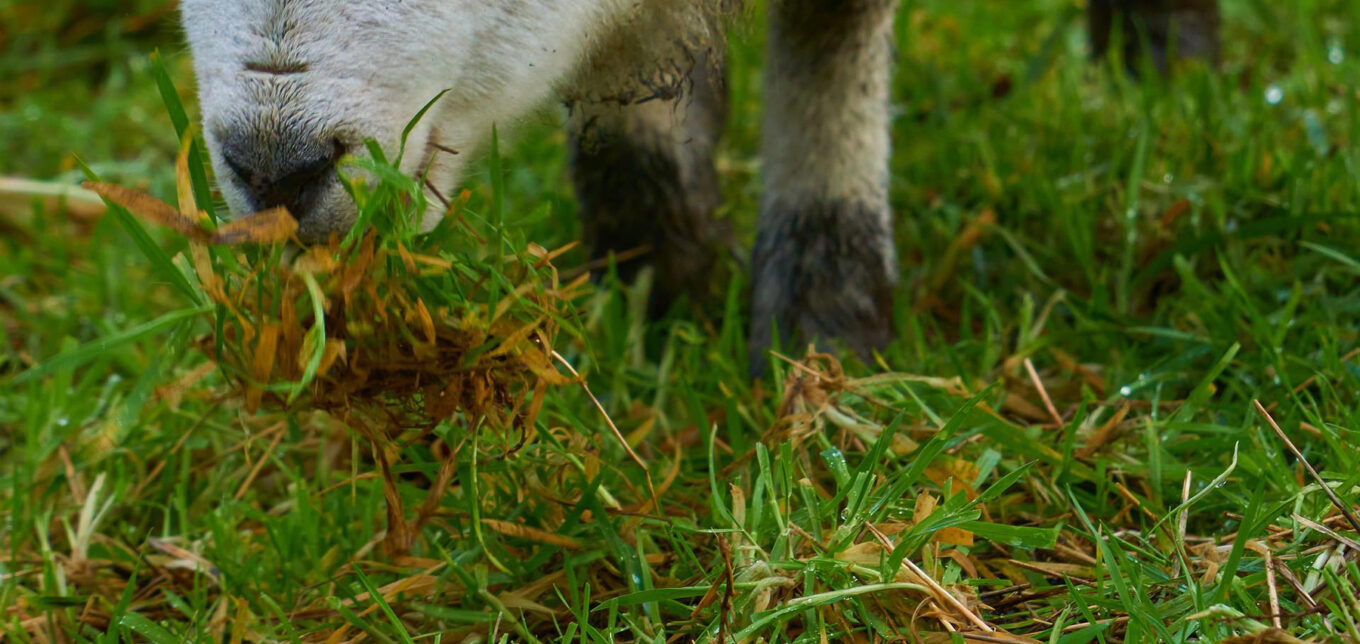
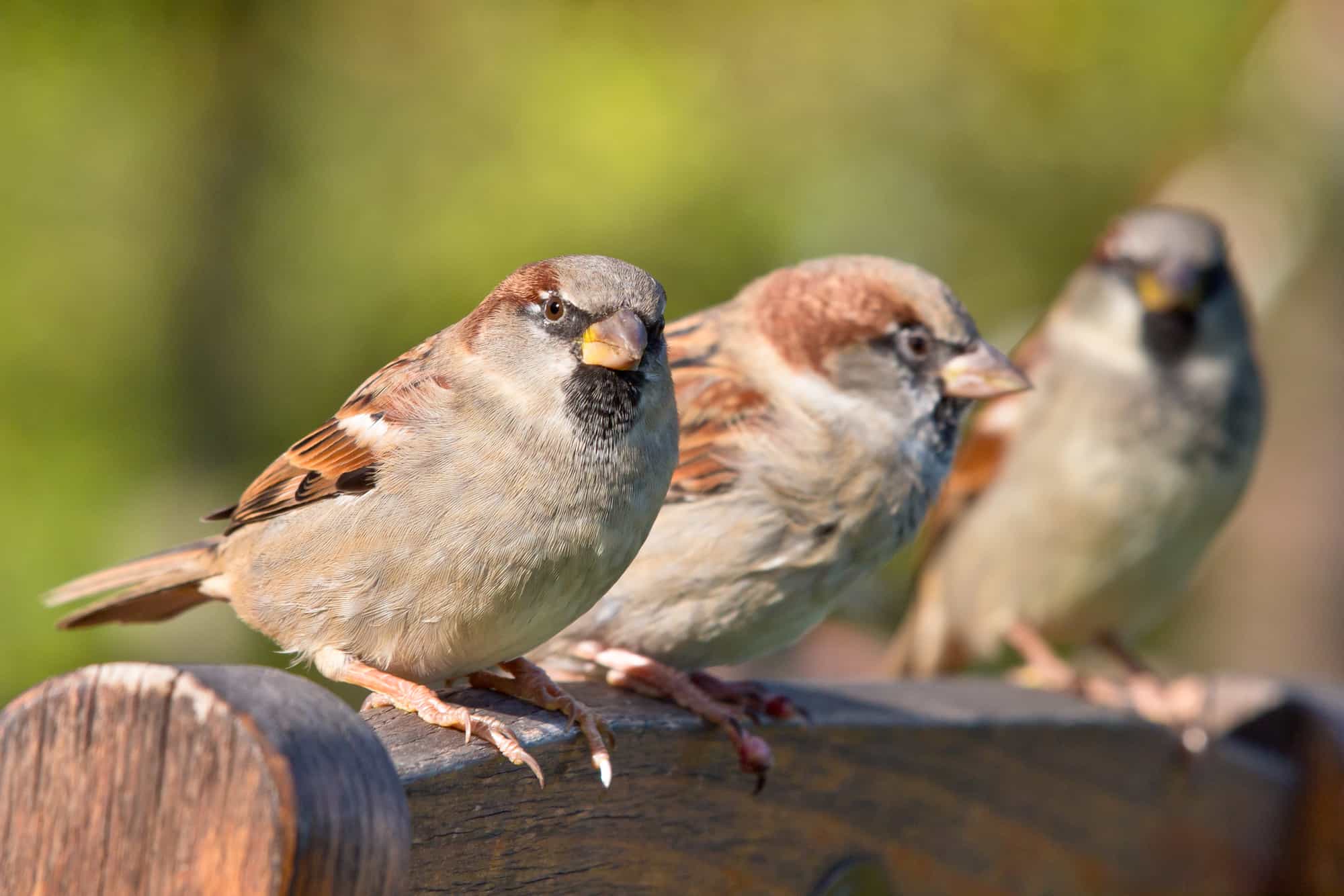
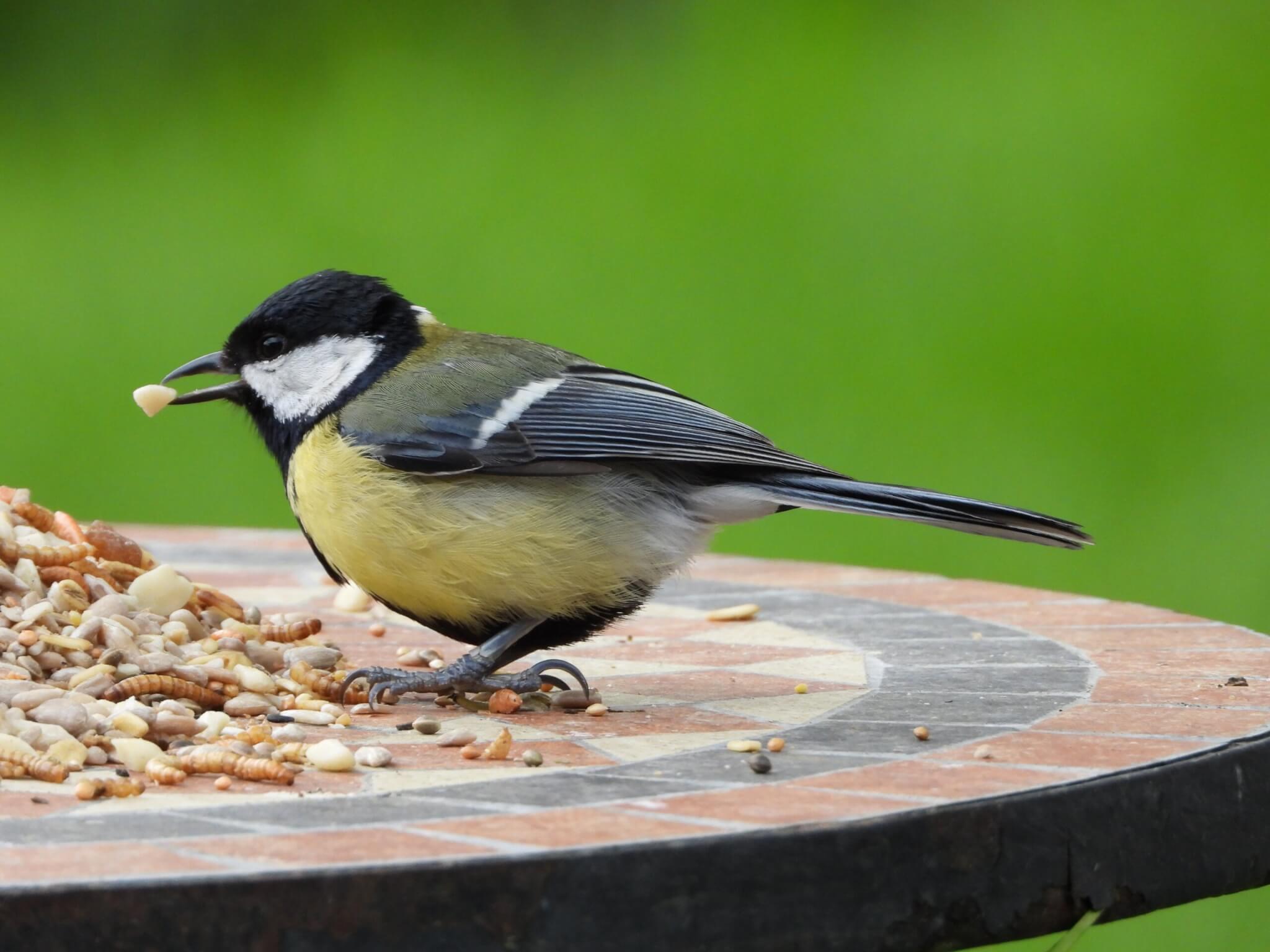
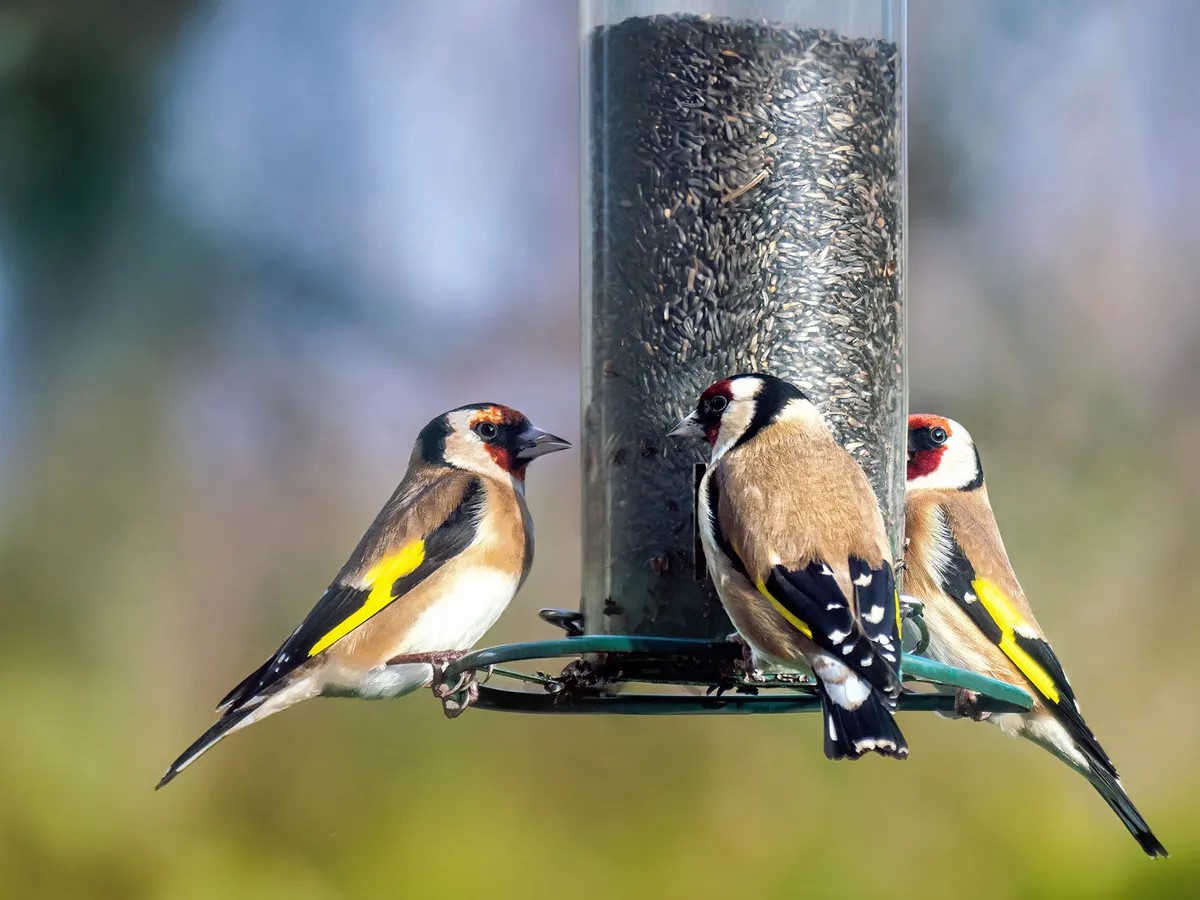
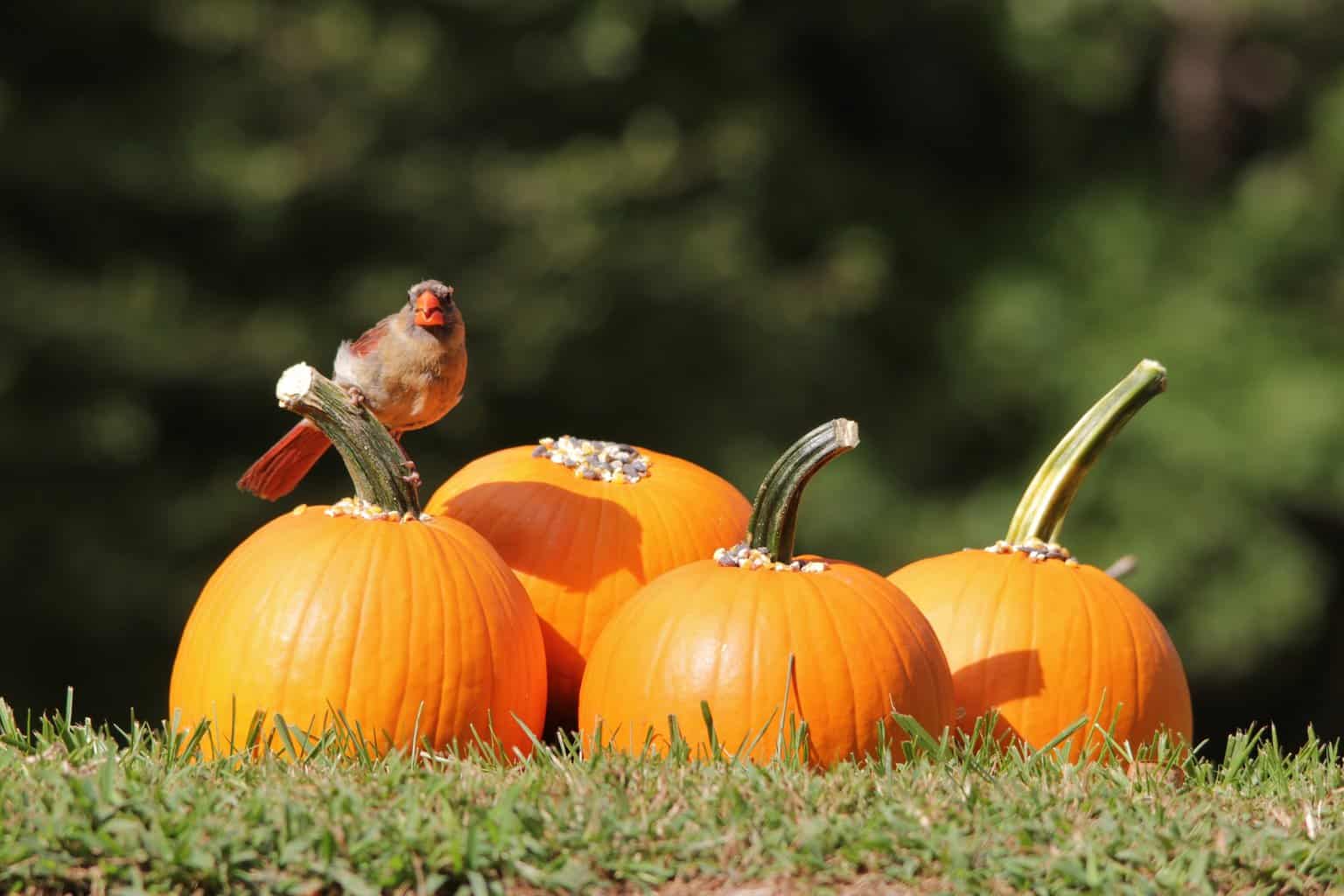
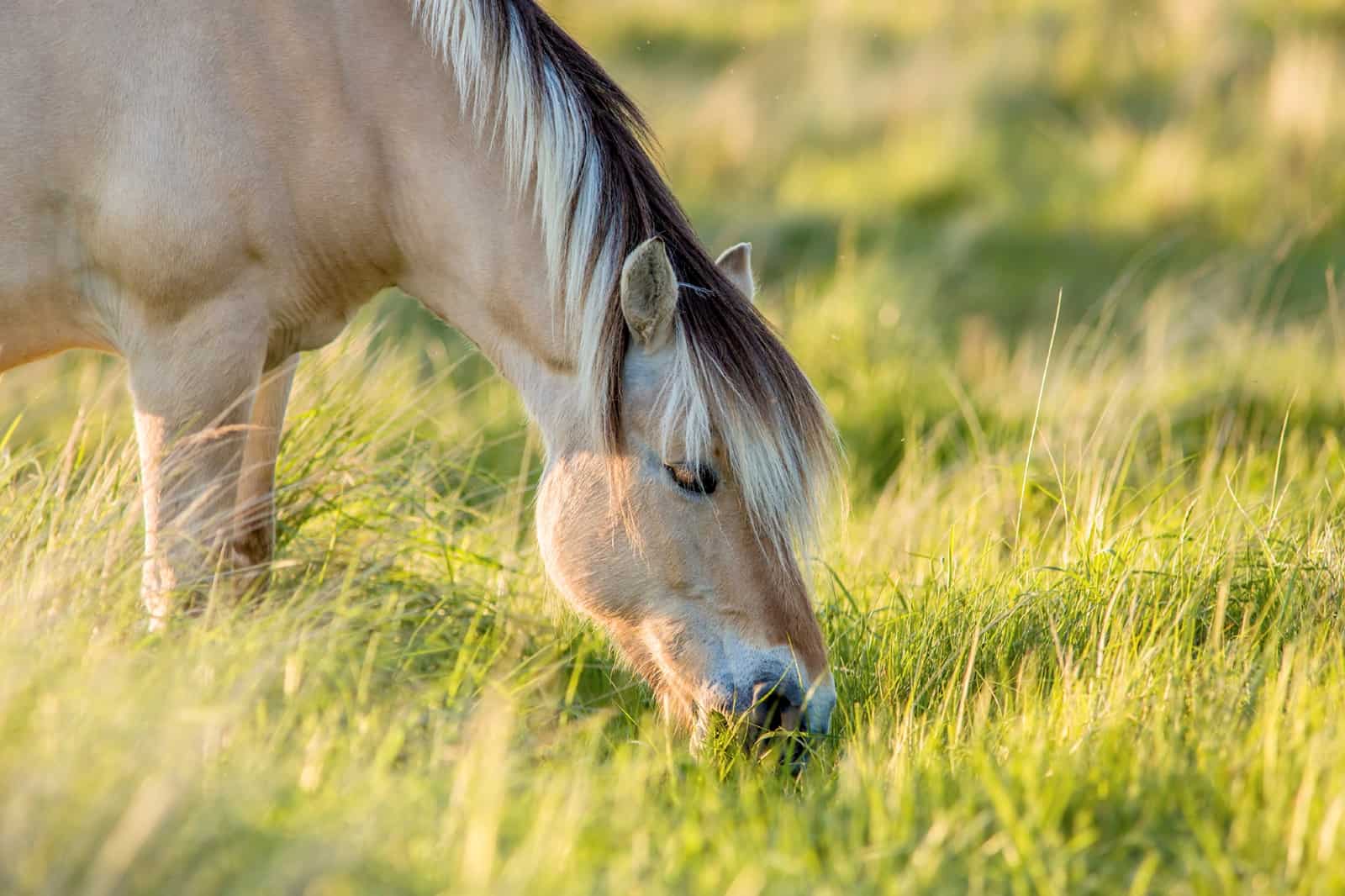
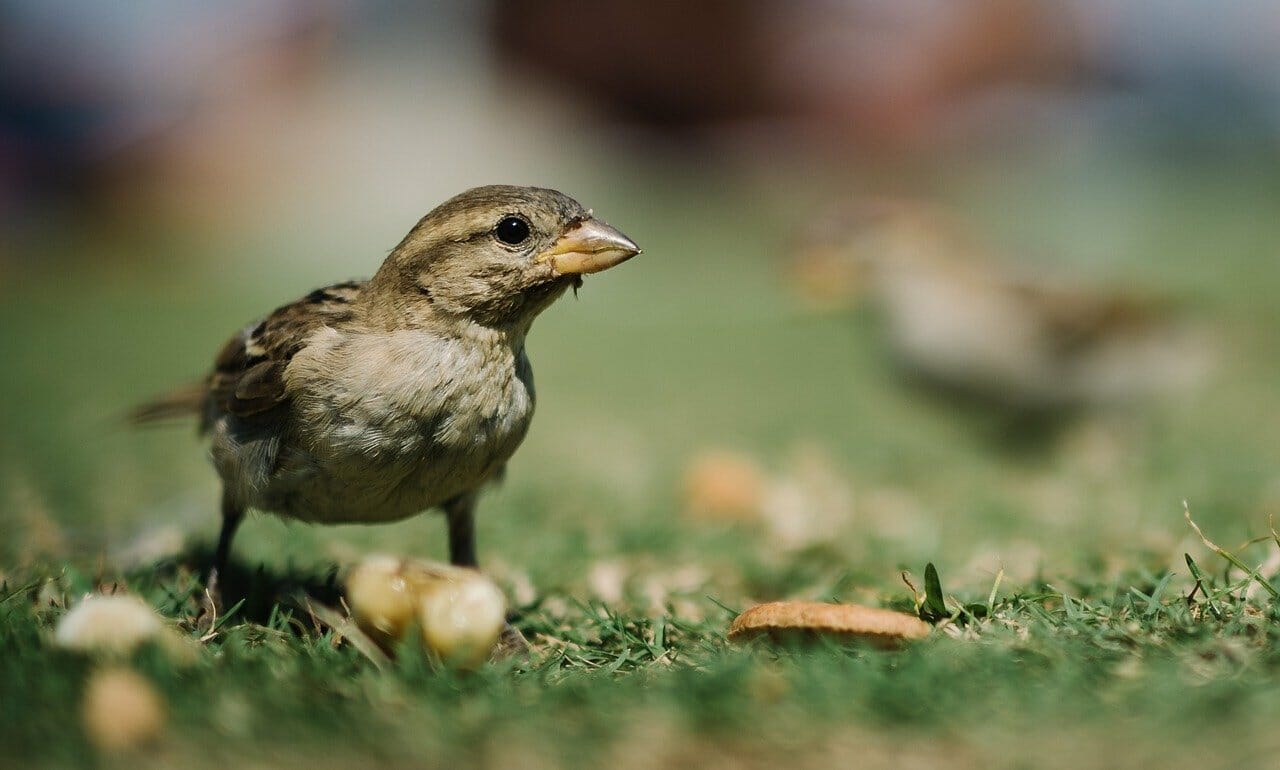
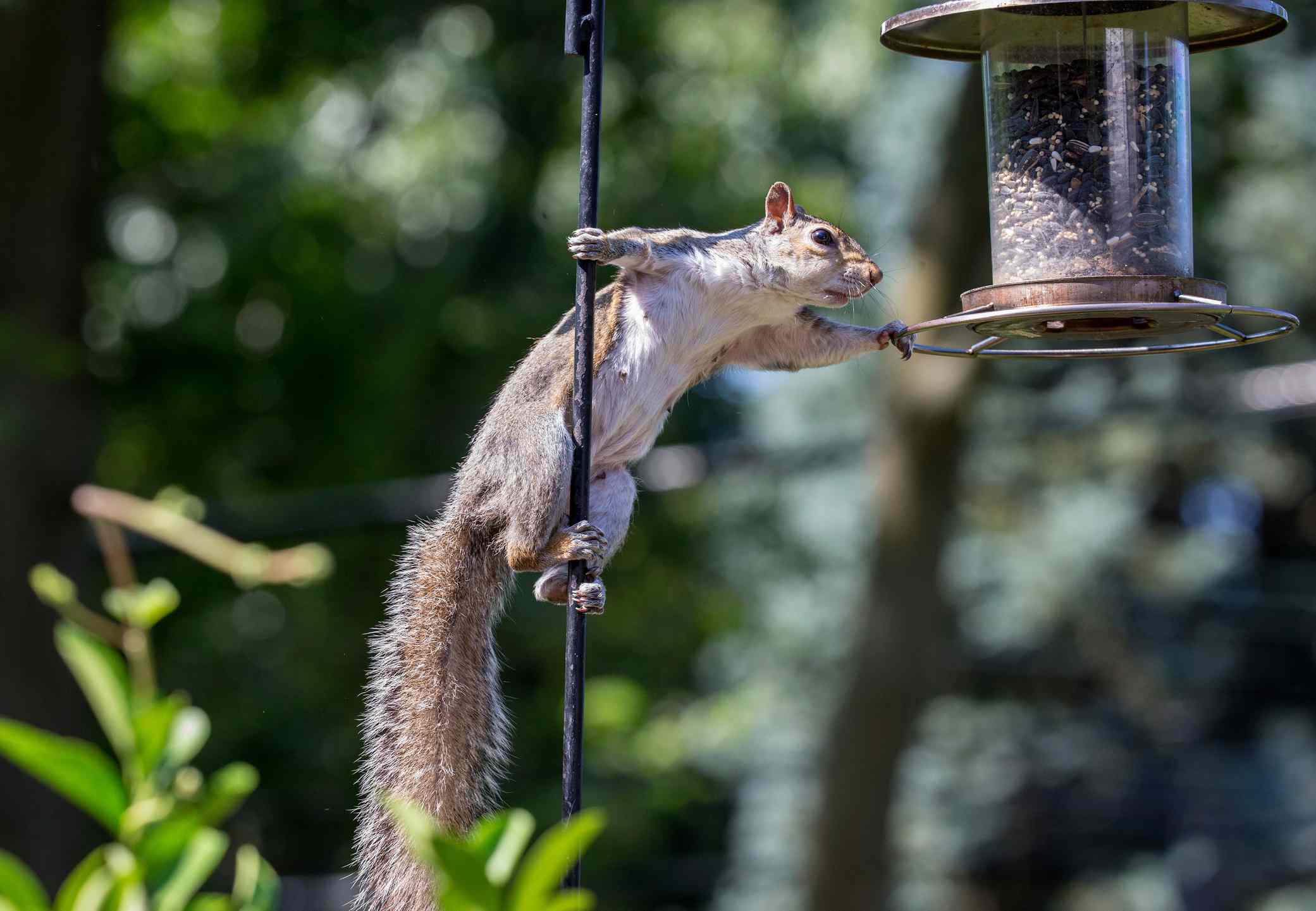
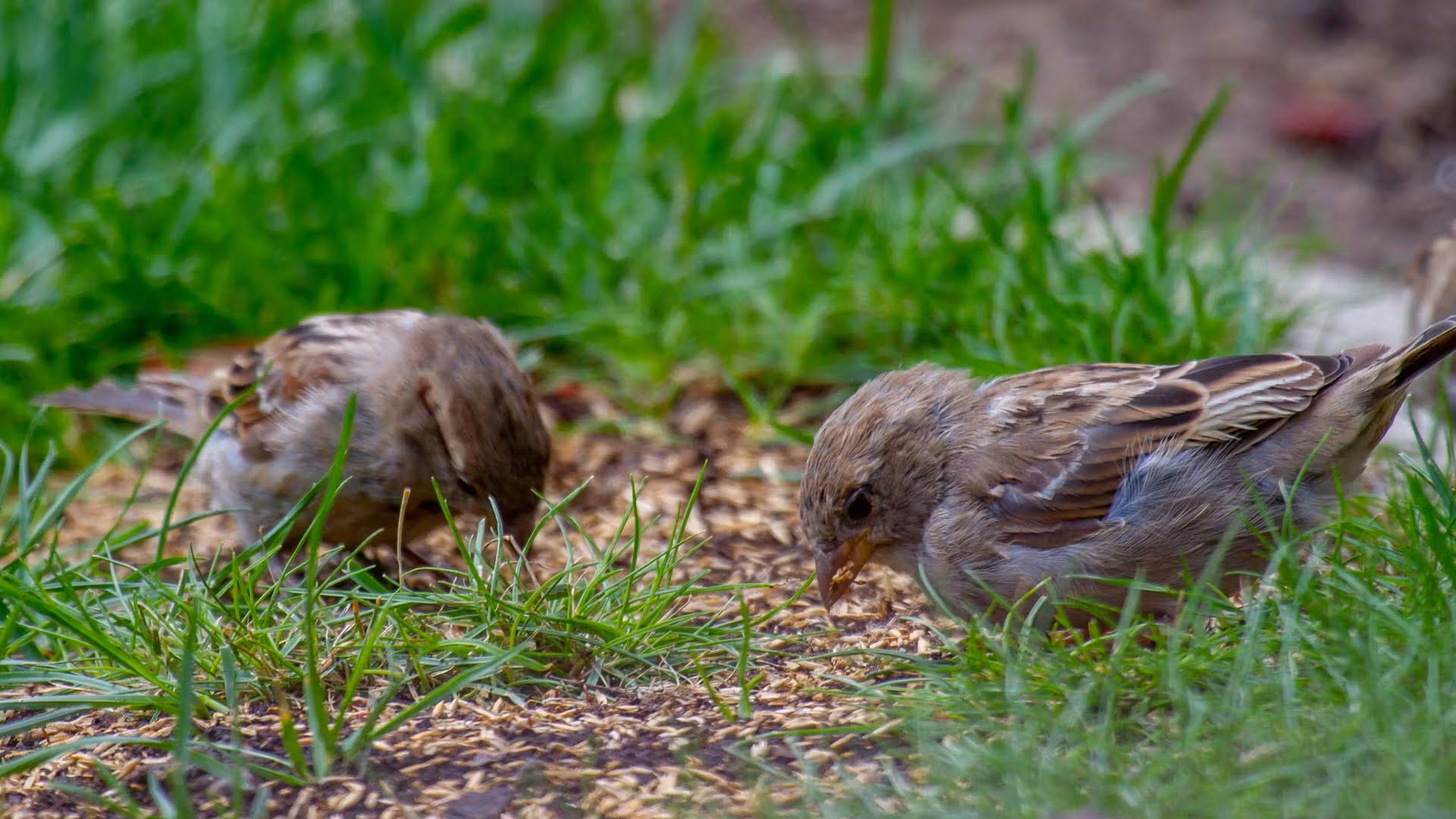

0 thoughts on “What Do Birds Eat From The Grass”